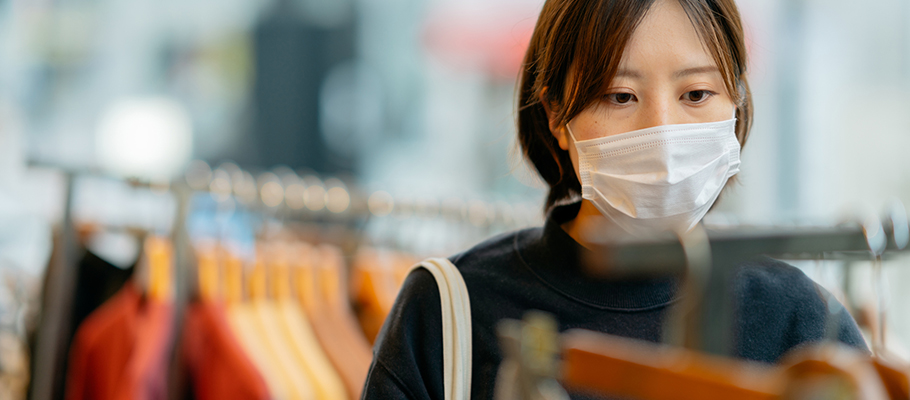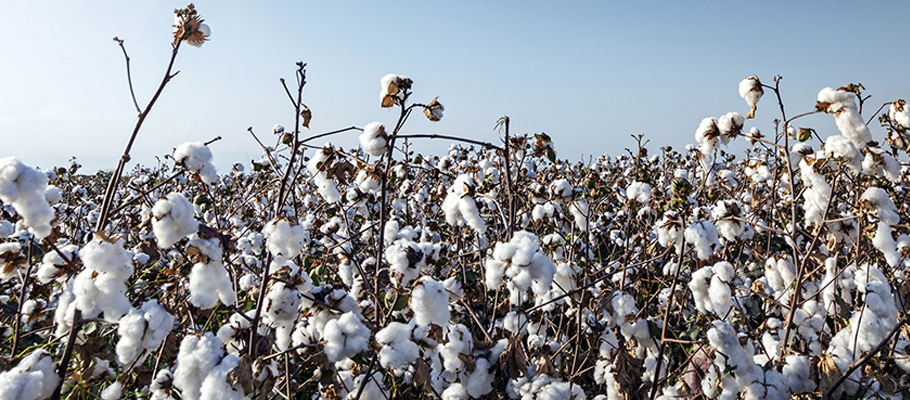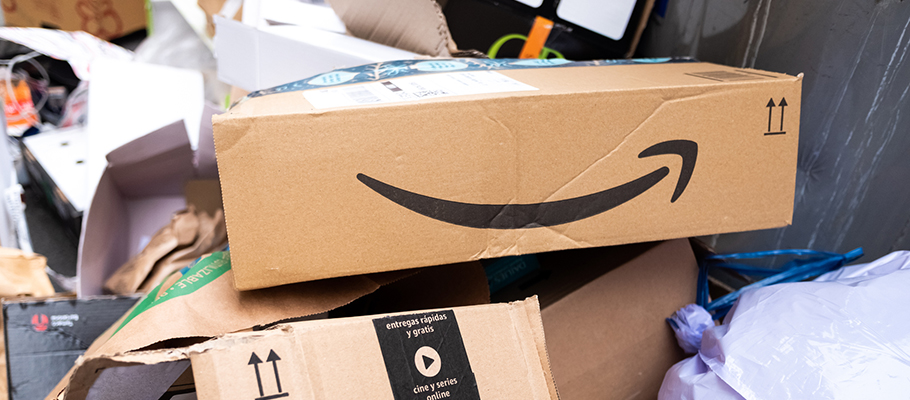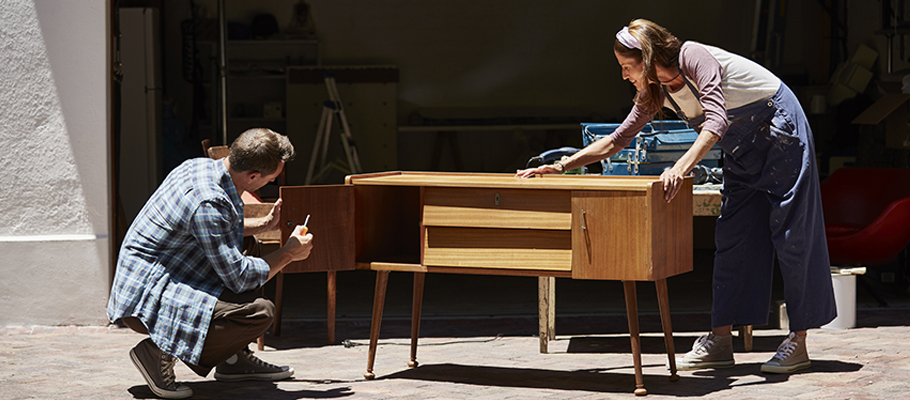New to buying used? 5 Benefits of buying secondhand
When it comes to shopping for things like clothes, toys, furniture and more, oftentimes and unfortunately, the go-to tends to be buying them new. The convenience of running out to a big-box store and picking up these items can be tempting. But at what cost? Not only does buying new typically cost you more money, but the environment is also paying a high price to produce those new items. If you’re new to buying used and are unsure if it’s right for you, we break down the benefits of buying secondhand here.

1. Saving money
One of the most obvious and well-known benefits of buying secondhand is the cost savings. You can often find secondhand goods up to 50% cheaper than you could if you were buying new. When you consider that Americans spend over a trillion dollars annually on nonessential goods, those savings can add up.
Whether you’re shopping for clothes, furniture, musical instruments, or most anything, you’ll be able to find quality items at lower prices than if you bought them brand new. You can also find name brand clothing, shoes, purses, and more for a fraction of the cost. Who doesn’t want to get designer items at a discount? As an added bonus, by spending less, your dollar goes further.
2. Helping the environment and preserving natural resources
When you think about the resources that go into creating new products, it isn’t just the labor and materials. Energy and natural resources go into creating the packaging that typically accompanies the new product. Each product that is manufactured is responsible for some level of depletion of natural resources. Whether that’s excavating oil, mining metals, clearcutting forests, farming cotton, or pumping water. For instance, did you know it takes 1,800 gallons of water on average to make a pair of jeans?
Not only does buying used reduce the number of natural resources being used, it also reduces the amount of energy used and pollution that’s being emitted. Things like pesticides, burning fuel in the trucks that haul the items, toxic chemicals and carbon emissions. For example, when it comes to textiles and clothing, about 50% of energy input to the textile industry is lost onsite. And manufacturing new furniture generates 100 times more greenhouse gases as refinishing does.
Buying secondhand goods means that the energy and natural resources that went into creating those goods have already been used. So, you’re not creating a demand for new items that require additional energy or deplete even more natural resources.
Last but certainly not least, when you buy used you’re giving those items a second life and saving them from being thrown out. Too often people think of waste reduction and recycling in terms of bottles, cans, and plastics when the reality is our wardrobes and other household items are big contributors to what ends up in the trash.

3. No packaging
Have you ever bought something new, only to get it home and try to open it but there’s so much plastic to try and cut through? Or perhaps you ordered something new online and between the cardboard and packing peanuts it’s hard to find the actual item you purchased? New products typically have some sort of packaging associated with them and not all of that material is recyclable.
A benefit of buying secondhand goods is that you don’t have any of that waste or mess. The items you buy used won’t come with all of the unnecessary packaging that typically just gets thrown away or takes a crowbar to open. You can start enjoying your new-to-you items, packaging-free.

4. Supporting local businesses
Whether you’re buying from a thrift store, consignment shop, vintage store, your neighbor who posted secondhand goods on social media, or a pop-up market down the street, the dollars you spend stay in the neighborhood and aren’t off to the nearest big-box store’s headquarters.
In fact, thrift stores are often a fundraising extension of a non-profit. So not only can you feel good about saving money and the environment, depending on where you shop, you’ll also be supporting local causes.
But buying used isn’t just about supporting your budget, non-profits and the planet, you’re also supporting local businesses and helping your local economy. The mom-and-pop shops likely want, need and appreciate your business more. Not to mention, they’re likely using the dollars you spend and investing them back into their store or supporting other businesses in the area.
5. Finding unique items
Now that you know the big benefits of buying secondhand, it’s time for the really fun part! Half of the fun of thrift shopping, browsing consignment shops, or venturing into a vintage store is the thrill of the hunt. Whether you’re searching for a new outfit to wear for date night, a fun piece of furniture for your house, your next must-read book or games for your kids, you’ll find unique, sometimes hard-to-find items.
When you buy new, you’re typically choosing from mass-produced items that you and your neighbors might all have. Why be like everyone else? Beyond the obvious benefits of buying used, you get the added bonus of owning items that you won’t find just anywhere. Imagine scoring a great armchair that’s perfect for reading all of your used books in, but maybe the fabric isn’t your favorite or could use a little facelift. By reupholstering secondhand furniture finds, or making DIY projects out of the used goods you buy, you’re creating pieces that are one-of-a-kind.
Related Reading: The 10 Best Things to Buy Used
Now that you know the benefits of buying secondhand goods, we hope you’ll consider it the next time you’re out shopping. And don’t forget, it goes beyond just your local thrift shop. There are a lot of different ways to buy used, including consignment, pop-up markets, online sale sites, flea markets, vintage stores, and more. You’ll want to find one that matches your preferred shopping style and habits.
You can use our Choose to Reuse Shopping Tool for suggestions

Remember, if you’re new to buying used, it doesn’t have to be all or nothing. Start small and work your way up. We know there are some items you’ll continue to buy new, and that’s okay. Every item you buy used is a step in the right direction and before you know it, you’ll be living a zero-waste lifestyle… or just a regular lifestyle that prioritizes reuse, either one is great!